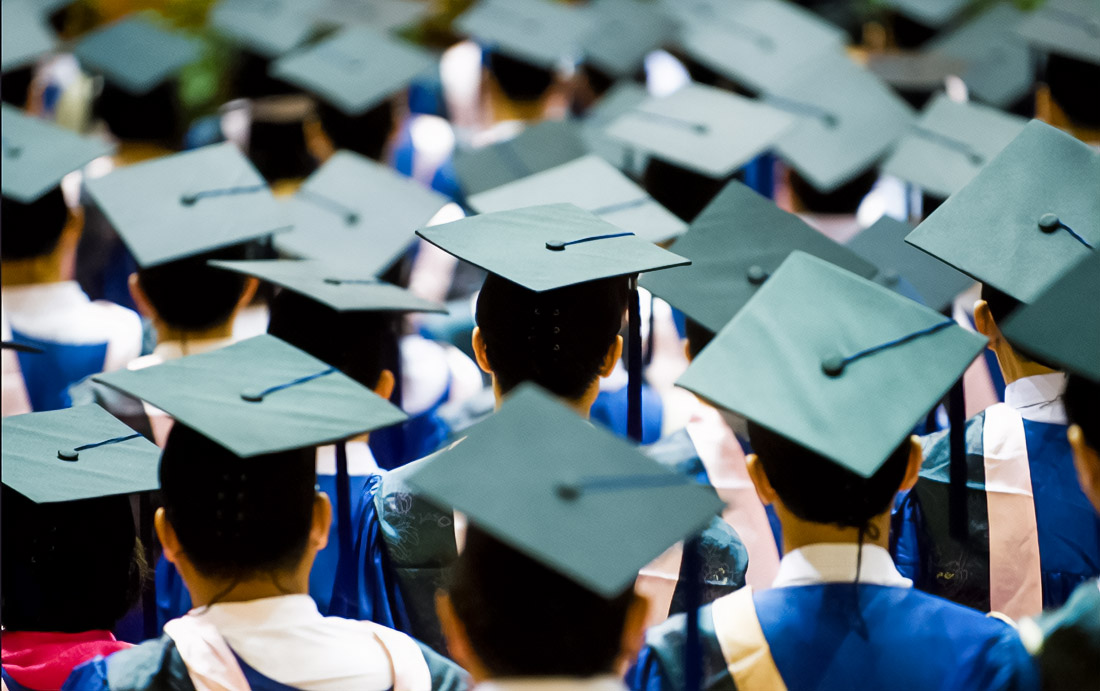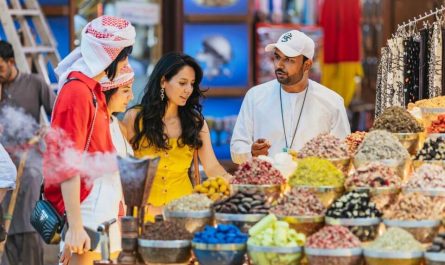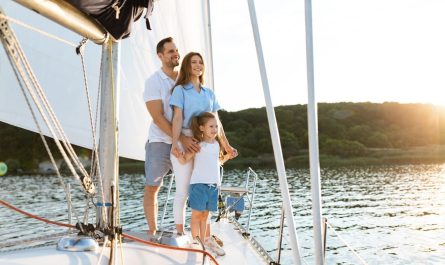Physical education and health have long ceased to be an optional subject. In Ajman, this area has become the basis of an educational strategy that covers all age groups. There is a bilingual curriculum, where practical activity is combined with the theoretical study of sports science. Since January 2017, the new program has been extended to all public schools, providing a systematic approach from kindergarten to graduation. Many families looking forinternational schools in Ajman note that the emphasis on health and sports has become one of the most important advantages of the local education system.
Structured Learning Cycles
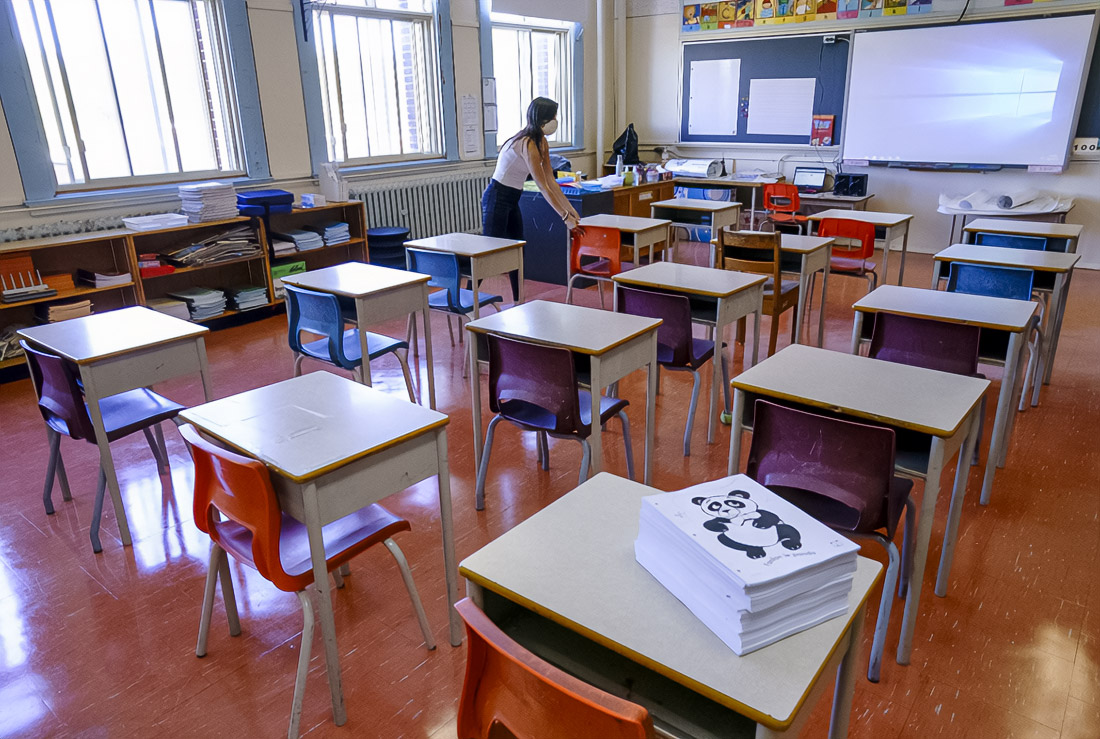
The first cycle is aimed at developing fundamental motor skills and basic physical literacy. During this period, the child develops a positive attitude towards sports, creating the ground for future health. The second and third cycles complicate the task. Anatomical terms, a detailed study of the muscular and cardiovascular systems, the respiratory system, and the basics of biomechanics appear here. An important tool is specialized textbooks and even a robot design that visualizes movement and helps to understand the mechanics of the body.
Students study the skeletal system, blood functions, and metabolic processes. Concepts such as glycogenolysis and lipolysis, aerobic and anaerobic catabolism are analyzed. The role of insulin, glycogen, ATP, and oxygen debt is explained. These are no longer simple exercises, but a full-fledged introduction to human physiology.
Evaluation Methods And Applied Practice
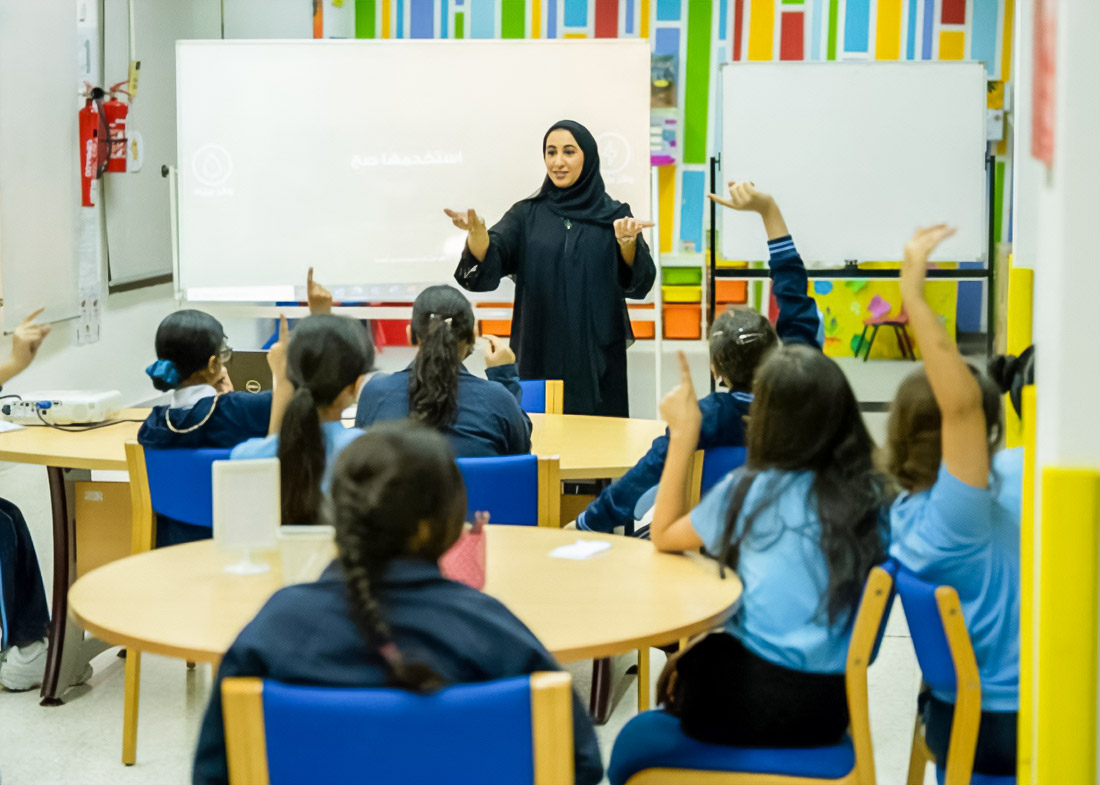
The old system of tests and homework is becoming a thing of the past. It is being replaced by practical exercises, fitness tests, and working with data. Students are taught to calculate averages, standard deviation, interpret t-tests, and understand variation and correlation. All this is applied right during physical training classes.
The programs combine laboratory research and field experiments. The students observe breathing during exercise, measure the stroke volume of the heart, and evaluate the work of energy systems. At the same time, they discuss psychological factors: attention, memory, reaction. This creates a holistic understanding of how biology, physics, and psychology combine in sports.
Teacher Development And Educational Resources
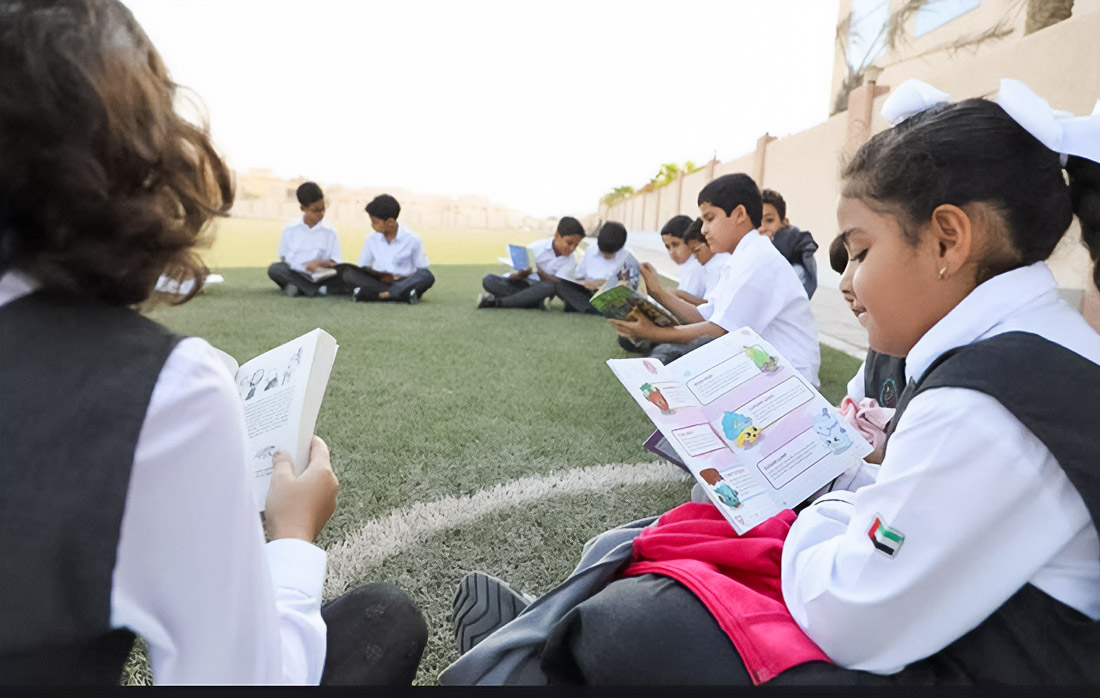
The reform was not limited to textbooks. More than 500 teacher-trainers have been trained in specialized centers, including the new training center in Ajman. They have been provided with modern techniques, and the course content is updated every semester. This ensures compliance with international standards and flexibility of the program.
School campuses offer swimming pools, halls, libraries, and science labs. Children can study in spacious classrooms, conduct experiments and at the same time hone their movements on sports grounds. This combination of environment and techniques transforms the school into a comprehensive educational ecosystem.
Health Awareness And Student Responsibility
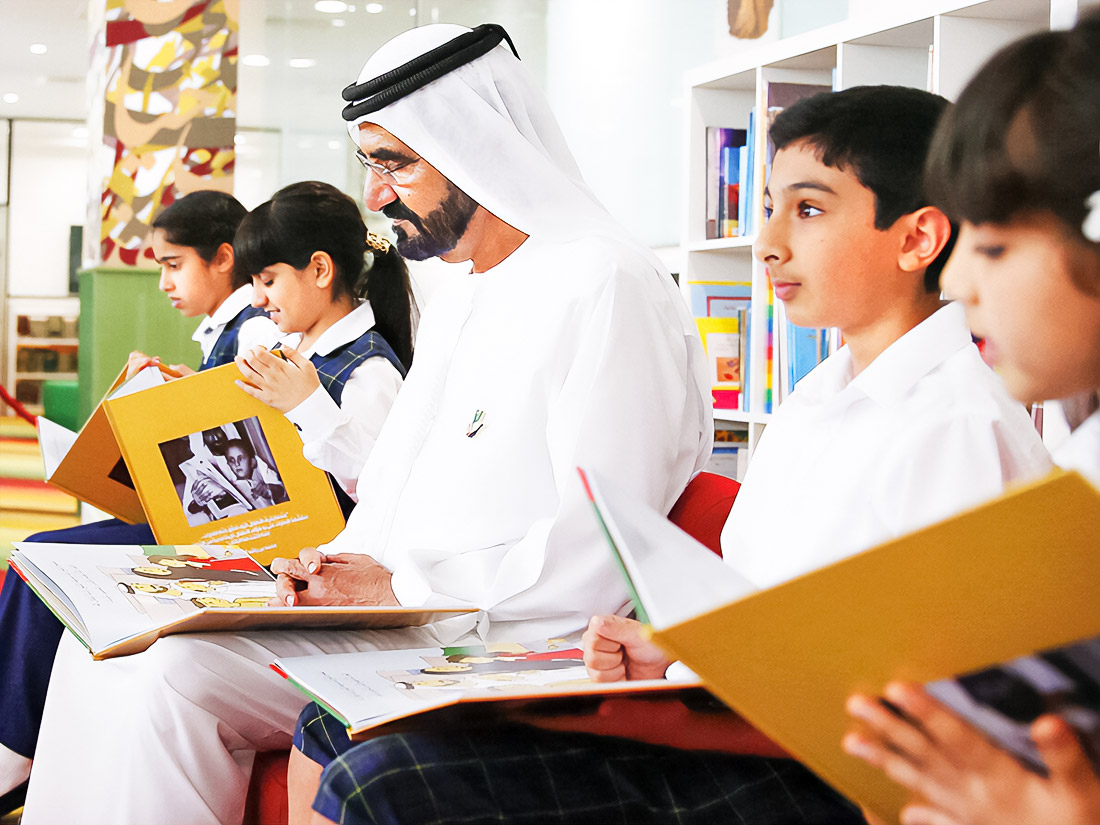
The program focuses not only on physical fitness, but also on mindfulness. Students learn about body Mass Index (BMI), learn to analyze body fat percentage, and understand the effects of activity and inactivity. They see a direct link between lifestyle and body condition. Parents play an important role: they are involved in the process of forming eating habits and activity, which reinforces knowledge in practice
Ajman has built a model where sport, science and personal education are combined into a single whole. The student doesn’t just do exercises he understands physiology, analyzes data, and makes decisions about health. As a result, a generation is being formed that is able to value physical literacy, master research methods, and take responsibility for the future.
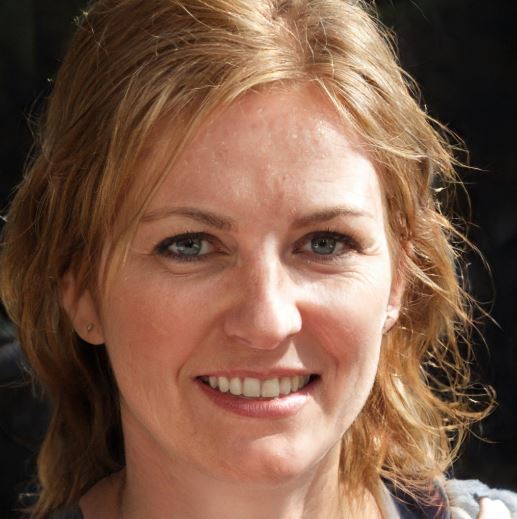
Soccer lover, shiba-inu lover, fender owner, vintage furniture lover and typography affectionado. Operating at the sweet spot between art and mathematics to craft an inspiring, compelling and authentic brand narrative.
